Remnants of stars, cold galaxies and hot star clusters, these are some of the spectacular photographs provided by the Chandra space telescope operating in the field of X-rays (X-rays)
How about amazing pictures of the universe in X-rays (X-rays) Many of these pictures can be turned into computer wallpapers, just click the right mouse button, open the picture in a new page and click on Desktop Background.
X-rays or X-rays named after the discoverer Wilhelm Roentgen are high-energy electromagnetic waves, up to 129 kiloelectron volts. They are almost at the edge of the electromagnetic spectrum with only the gamma rays behind them. They are one of the highest in terms of frequency and among the short waves in terms of wavelengths.
the sharp universe
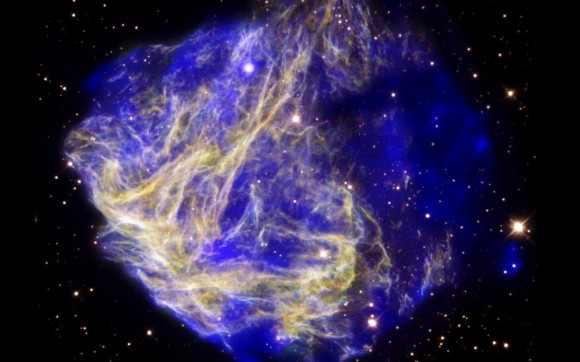
Here is a composite image of N49, the remnant of a supernova explosion located in the Large Magellanic Cloud galaxy. This image was taken by the Chandra spacecraft - NASA's X-ray observatory.
A mysterious galaxy
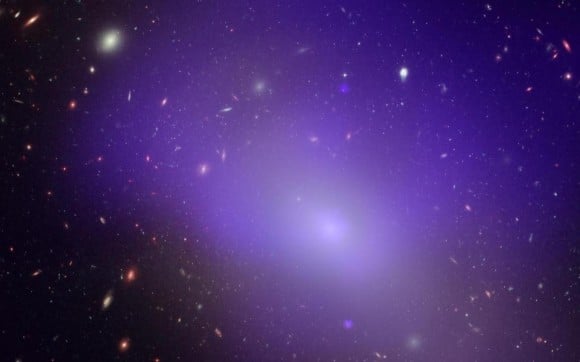
This image of the elliptical galaxy NGC 1132 was taken from combined images from NASA's Chandra X-ray satellite and the Hubble telescope operating in the visible field. Elliptical galaxies like this one are mostly made up of aging stars due to the cold and insufficient gas inside.
A young star cluster
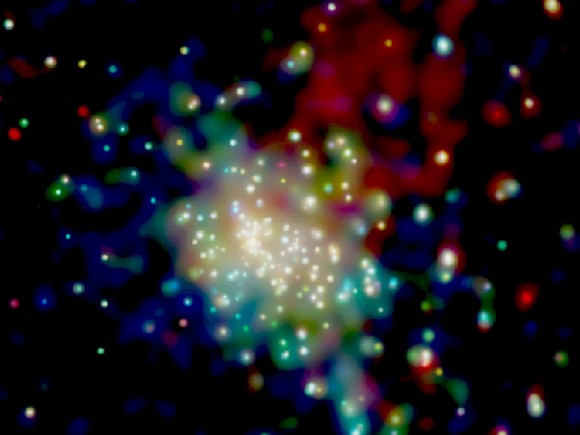
A cluster of young stars that includes a mysterious cloud in the X domain. This is a great image of the star cluster RCW 38 taken by Chandra on December 18, 2002. This cluster lies about 6,000 light-years from Earth.
A glowing galaxy
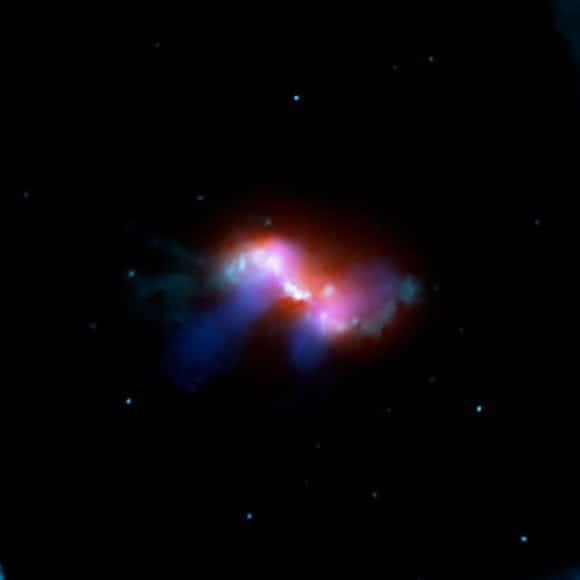
A Spectacular Glowing Galaxy This image of the galaxy 3C 305 was produced using the Chandra Hohbel joint findings. This radio galaxy is in the Dragon group.
Black holes eat to their heart's content
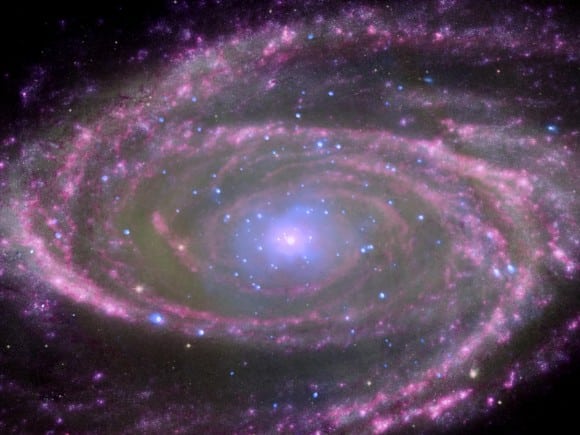
Black holes have simple eating habits This image shows the black hole at the center of the spiral galaxy M81. The Chandra X-ray Telescope and several ground-based telescopes provided data that demonstrated the similarity in behavior of black holes, regardless of their size.

10 תגובות
same link but shorter
http://www.nrao.edu/pr/2008/m81clouds/m81composite_with_circles.jpg
Right….
More than that (Avner Ben Ner) is also radio loud galxy
See:
(http://iopscience.iop.org/1538-4357/464/1/L67/5069.text.html)
Also, those who want to see with their own eyes that it is radio loud should look at a photo taken on the radio:
http://www.google.co.il/imgres?imgurl=http://www.nrao.edu/pr/2008/m81clouds/m81composite_with_circles.jpg&imgrefurl=http://www.nrao.edu/pr/2008/m81clouds/&usg=__kdBP0HsEYFKfis0S7Pn4OGgAZoI=&h=720&w=720&sz=124&hl=iw&start=10&sig2=qFhFoC0mKl-7eR4Liet3LA&zoom=1&um=1&itbs=1&tbnid=QxA_VvvuwTRHnM:&tbnh=140&tbnw=140&prev=/images%3Fq%3DM81%2Bin%2Bradio%26um%3D1%26hl%3Diw%26tbs%3Disch:1&ei=0HzZTJvqIsTTjAfmlqz4CA
(What a long link....)
In any case - at least from here you don't see a jet on the radio, so it may not exist
deer:
The truth is that I did not check before I wrote the comment. I simply relied on the text under the image that talks about what we see is the black hole and refers to its eating habits.
In light of your words, I searched a bit on the Internet (actually I just asked on ask.com the question does M81 have an AGN) and it turned out to me that the answer is actually positive.
See for example here
http://www.aanda.org/index.php?option=com_article&access=standard&Itemid=129&url=/articles/aa/full/2001/14/aa10027/node4.html
And here
http://adsabs.harvard.edu/full/2001ASPC..249..707S
A. Ben Ner,
The jets emitted from the accretion disk of a black hole are a very complicated matter.
First, these are not necessarily jets of gas and in fact they are most likely not jets of real gas but something else - what? Not really known - apparently it's plasma but it's not clear enough what its composition is.
http://en.wikipedia.org/wiki/Relativistic_jet
In any case, in this case it is probably not that important since the galaxy in question is not an active galaxy at all
- Note that the spectacular jets of matter that we know from the images originate from some of the active galaxies, i.e. those that contain AGN, and even then about 80% do not have such a jet (all those that are Radio Quiet) - see:
http://en.wikipedia.org/wiki/Active_galactic_nucleus#Types_of_active_galaxy
(Regarding the 80%, see page 7 of the article http://arxiv.org/abs/astro-ph/9506063 – Link 15 from Wikipedia).
deer Question following your previous answer:
Aren't we supposed to see the jets of gas emitted from the black hole's accretion disk?
Amir
The mass of the black hole in the center of the galaxy is about 4 million solar masses
The Schwarzschild radius of a black hole with one solar mass is about 3 km, which means that the radius of the black hole in the center of the galaxy is 7^10 km, which is about a million light years.
The largest possible black holes are larger than the black hole at the center of the Milky Way by something like 1000 times, meaning that the black hole in some galaxy can be at most a thousand light years in size.
(In this case, by the way, the mass of the black hole is only 15-20 times greater than the mass of the black hole we have)
http://en.wikipedia.org/wiki/Messier_81
Since the radius of the central circle of light is thousands of light years - you will not see a small black point because it is really, really small - (the typical distance between stars is much greater than the radius of the black hole).
Furthermore, don't forget that the galaxy is three-dimensional - that is, this tiny black spot is still surrounded from all directions (and from the viewing direction) by thousands of light-years of stars.
Michael,
If I'm not mistaken, M81 does not have an AGN, so the absorption of matter does not have a great significance in the illumination compared to the illumination of the stars
The main source of light emanating from the black hole region is the accretion disk surrounding it.
In this disk, the material falling into the black hole is accelerated to enormous speeds and the friction between its components is what creates the radiation.
http://en.wikipedia.org/wiki/Accretion_disc
Amir, the dense stars that surround the black hole emit quite a bright light.
Question, how is it that in the last photo of the black hole, in the center of the black hole, light is emanating, is it not supposed to be a black dot?
Wow, how beautiful!! 🙂
Wait, isn't the first picture of the spaghetti monster??!
now i believe